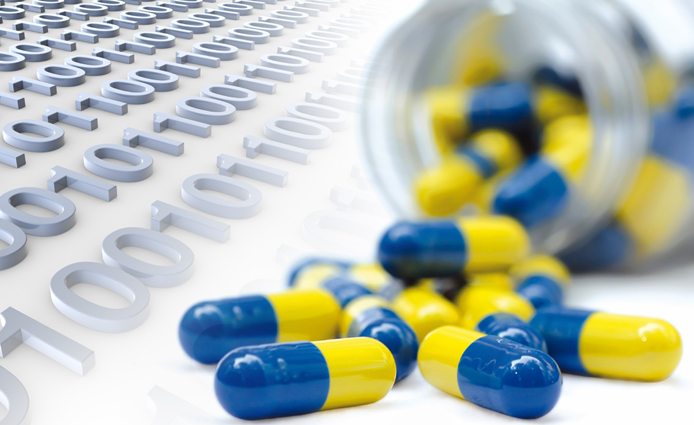
In the past couple of years, the United States, China, and India have enacted legislation to clamp down on the sales of fake pharmaceuticals, which pose a public health threat. The U.S. signed the Drug Quality & Security Act into law, while China and India enacted new legislation to use bar codes and adopt a track-and-trace system for their pharmaceutical products.
With the recently enacted track-and-trace laws in effect in these countries, drug manufacturers, wholesalers, repackagers, and pharmacies have been working on implementing ways to identify and trace drugs as they are distributed. The following are some examples of new tagging technologies:
- Radiofrequency identification, or RFID, allows manufacturers and distributors to more precisely track drug products through the supply chain. According to the U.S. Food and Drug Association, “RFID makes it easier to ensure that drugs are authentic, and it also creates an electronic pedigree–a record of the chain of custody from the point of manufacture to the point of dispensing.”
- Microtags, which are affixed to certain prescription drugs, contain information to identify and track prescription drugs along the supply chain. They are uniquely encoded with multiple levels of security information, and are the size of a dust speck and thinner than a strand of human hair. Because they are so small, they are difficult for counterfeiters to replicate because they can’t be detected and read unless amplified or replicated billions of times. In addition, they are considered safe to eat by the FDA and don’t alter the integrity and potency of a drug.
- NanoEncryption technology incorporates NanoCodes directly onto tablets, capsules, and vial caps, that contain an unlimited amount of manufacturer-determined data, including product information (strength and expiration date), manufacturing information (location, date, batch and lot number) and distribution information (country, distributor, wholesaler and chain). NanoEncryption can be linked with track and trace technologies, including RFID and 2D barcodes.
- AuthentiTrack offers serialization, track and trace, and authentication that is made possible through proprietary imaging technologies, variable data printing of unique numbers or barcodes with specialty inks, including invisible inks, and with RFID.
While tagging technologies could become a powerful tool in fighting counterfeit drugs, developers still have to overcome major challenges, including ensuring the safety and effectiveness of the drugs aren’t compromised, and the solutions are affordable for big and smaller drug companies.
At CSIP, we hope that these new laws, and the technologies that are being developed in response to them, will help keep fake and substandard drugs out of the global supply chain, and out of the hands of unsuspecting consumers. We will continue to monitor these developments.
####
The Center for Safe Internet Pharmacies (CSIP) and our 13 member companies have the shared goal of helping address the growing problem of consumer access to illegitimate pharmaceutical products on the Internet. Continue to read this blog for updates on CSIP’s education, enforcement and information-sharing efforts.

